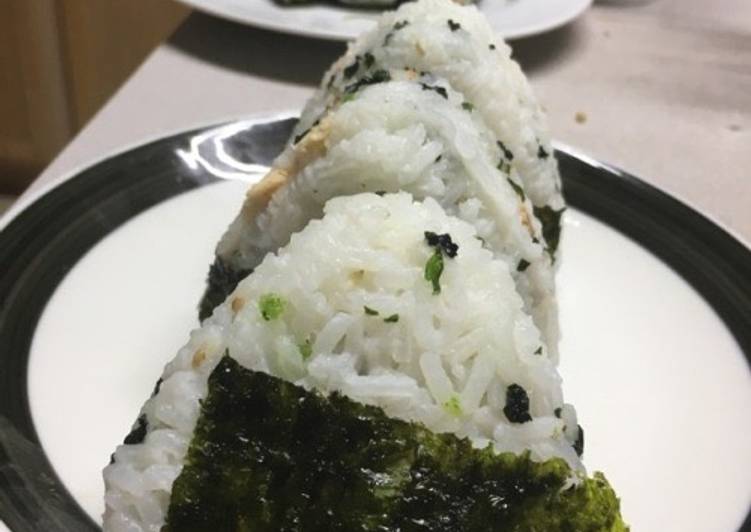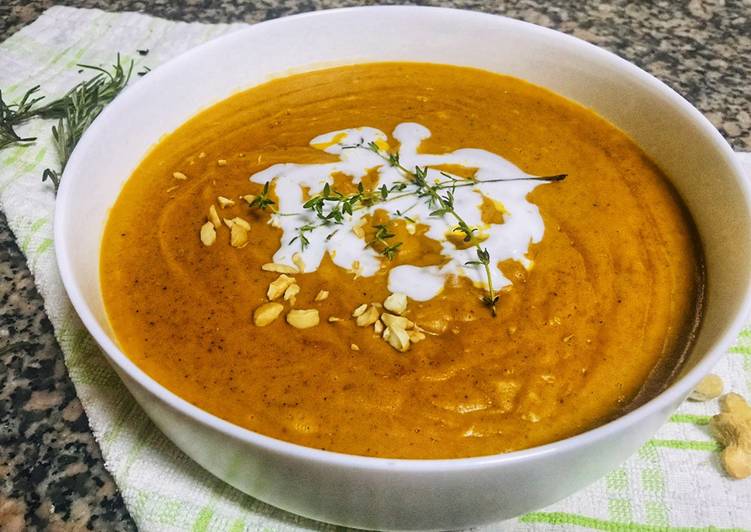
Hey everyone, it is Brad, welcome to my recipe site. Today, we’re going to prepare a special dish, fish onigiri. One of my favorites food recipes. This time, I am going to make it a little bit tasty. This is gonna smell and look delicious.
Check Out our Selection & Order Now. Free UK Delivery on Eligible Orders! Onigiri is open to customization and experimentation—fillings popular in Japan include fish roe, karaage (small pieces of fried chicken), various veggies, and grilled beef. Traditionally, an onigiri is filled with pickled ume (umeboshi), salted salmon, katsuobushi, kombu, tarako, mentaiko or any other salty or sour ingredient as a natural preservative.
Fish Onigiri is one of the most favored of recent trending meals on earth. It’s simple, it’s fast, it tastes yummy. It’s appreciated by millions every day. They’re nice and they look wonderful. Fish Onigiri is something that I have loved my whole life.
To begin with this recipe, we must first prepare a few ingredients. You can cook fish onigiri using 6 ingredients and 7 steps. Here is how you cook that.
The ingredients needed to make Fish Onigiri:
- Make ready 2 Cups Jasmine Rice
- Make ready 1 can tuna or salmon
- Get 2 teaspoons your choice of seasoning
- Take 4 cups water
- Take 1 pack seaweed chips
- Take 4 cups chicken or beef stock (optional and can replace water)
Would red bean paste work or is that better with Mochi? Fish Roe Onigiri Various types of delicate fish roe are used raw, grilled, seasoned in soy sauce, or mixed with mayonnaise in onigiri. This includes tobiko (small flying fish roe that comes in various jewel-like colors), tarako (a salted sac of cod roe) and its spicy cousin mentaiko, and glistening orbs of ikura salmon roe. From cooked salmon onigiri to onigiri filled with marinated seaweed, tempura shrimp, or even American-style tuna salad, they're all delicious.
Instructions to make Fish Onigiri:
- Place your rice in a fine mesh strainer and rinse under cold water until the water runs clear. this makes it slightly less sticky and easier to mold into those triangle riceball shapes!
- For most types of rice, you'll always use a ratio of 1 cup rice to 2 cups water. You CAN sub the water for chicken or beef stock to make the rice more flavorful.
- Bring water to a boil, THEN add the rice. The rice will cool the water down, but be sure to keep the water at the same temp until it's simmering again. Once simmering, set the stove top heat to low and cover the pot. Check every 10 minutes until the rice is completely cooked.
- Put the rice to the side once it's done, and open up a can of fish of your choice and mash it up in a bowl. Making the pieces minced will make it easier to put into the rice ball.
- Assemble! Using plastic wrap, a zip lock bag, or rice ball mold, combine seasoning, rice, and fish together. After, carefully guide the mixture into a triangle shape.
- Remove wrap or bag and place one seaweed chip at the base (the fatter end). The seaweed will get less stiff and more moist, making it flexible enough to wrap around the rice ball’s bottom.
- Plate and serve!
This includes tobiko (small flying fish roe that comes in various jewel-like colors), tarako (a salted sac of cod roe) and its spicy cousin mentaiko, and glistening orbs of ikura salmon roe. From cooked salmon onigiri to onigiri filled with marinated seaweed, tempura shrimp, or even American-style tuna salad, they're all delicious. Fill your onigiri with just about anything you like. Popular as comfort food in Japan, Onigiri comprises of steamed rice with a nori strip on the outside and savory fillings inside. The most common type of traditional filling is umeboshi or salted plum but you may also use grilled salmon, seasoned kelp, and so on.
So that’s going to wrap it up with this exceptional food fish onigiri recipe. Thank you very much for your time. I am confident you can make this at home. There’s gonna be interesting food in home recipes coming up. Don’t forget to save this page in your browser, and share it to your family, friends and colleague. Thank you for reading. Go on get cooking!

